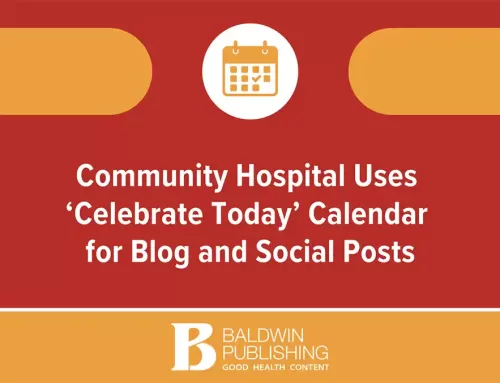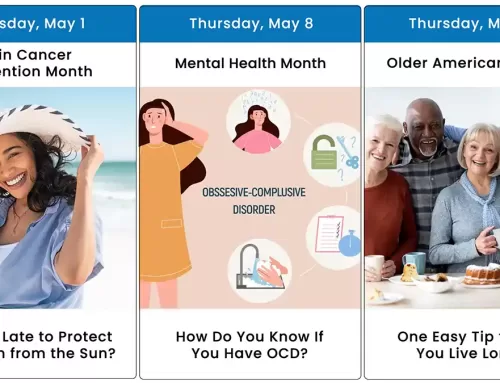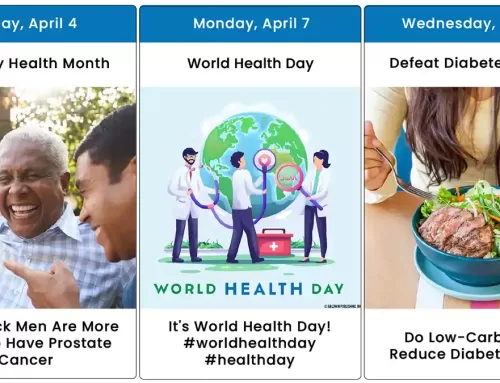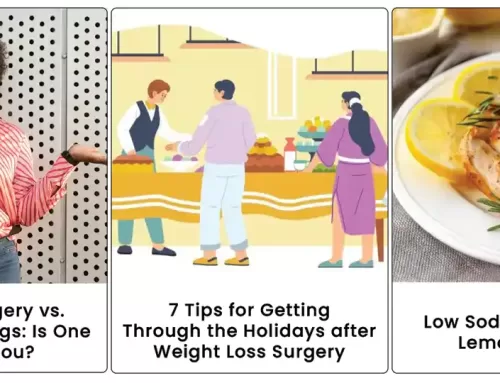Don’t miss out on the value added of calls-to-action (CTAs). Here are 4 effective ways to use them.
For hospital marketers, calls-to-action are the cornerstone of online campaigns. Every blog, social media post and e-mail should be directed at one desired action you want your prospective patient to take. The right combination of copy, color and text in a CTA can boost click-through rates, and ultimately, your hospital’s bottom line.
But what makes a great hospital CTA? Here are some examples:
- Invitation – Have a big event coming up? Everyone likes an invitation. Online invitations get clicked so create a CTA that clicks through to your event landing page. You can track success by offering a gift to people who mention the digital invitation.
- Get Visitors’ Emails – Who is visiting your website? Offer a downloadable digital cookbook to motivate visitors to sign up for your newsletter or fill out a subscriber form. One Florida hospital gets 18 new subscribers a week from their ‘Download a Free Cookbook’ CTA.
- Phone Number – Don’t underestimate the power of person-to-person contact. When potential patients are having symptoms, they are more likely to reach for the phone than fill out a form and then wait to be contacted. So include important phone numbers right in your CTA.
- Find a Doctor – Hospitals use this CTA the most because it generates valuable patient leads. Make your CTA even more valuable by linking directly to doctors who provide the services that align with the content on your web page. For example, if your web content talks about the benefits of hip replacement, the ‘Find a Doctor’ CTA should open to a list of orthopedic surgeons who specialize in hip replacement.
Not including CTAs alongside your website content is like leaving money on the table. You lose the ability to get your readers to complete a desired action if you don’t make it obvious what they can or should do on the page. So when developing the content strategy for your website, blog, social media or email campaign, think about what you want visitors to do when they’re on the page – and then add a CTA to make it more likely they’ll do it.





